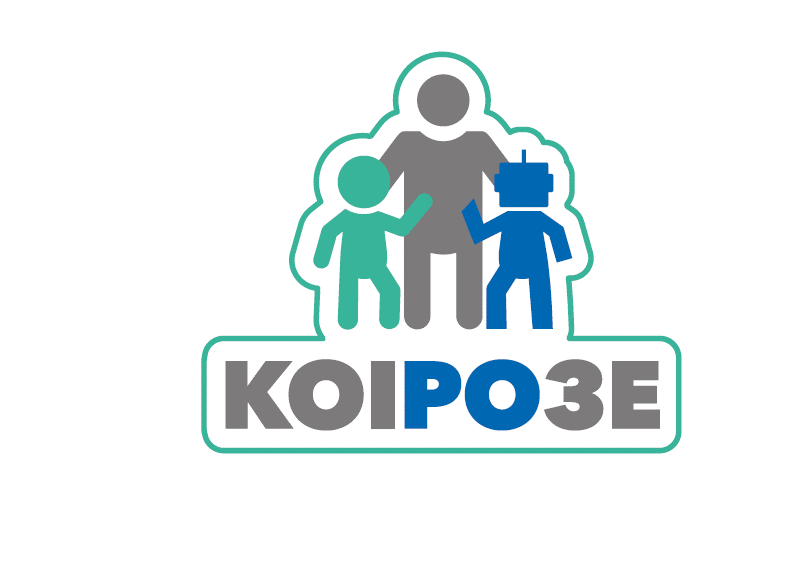- Θέλετε να μάθετε περισσότερα;?
- info@koiro3e.com
Distance Special Education Delivery by Social Robots – Electronics 2020, 9, 6
29 Ιουνίου 2020Δράση δημοσιότητας από το Γ.Ν.Παπαγεωργίου
21 Οκτωβρίου 2020Identifying linguistic cues; towards developing robots with empathy in autism interventions – JCMK 2020, vol. 2, no. 56
AUTHORS:
E. VROCHIDOU, G.A. PAPAKOSTAS, M. D. KERASIDOU,
M. PAPADOPOULOU, P. KECHAYAS, V. G. KABURLASOS, V. HOLEVA,
V. NIKOPOULOU
Abstract:
The last decade autism research has been enhanced by the use of social robots and several studies suggest that children with Autism Spectrum Disorders could benefit from robot-assisted interventions. In order to design and implement therapeutic interventions with robots without interrupting the intervention’s flow, one should take into account possible technical issues that could arise. The main objective of this study was to gather information from experts in the field of autism and develop linguistic cues to which the robot would respond automatically. A qualitative approach was used to explore specialists’ preferences. Online surveys were completed by 33 professionals from different backgrounds to select the vocabulary more often used in psychosocial interventions with autism spectrum disorders children, in specific situations. Six linguistic cues were identified and specific phrases were used so as to accordingly program the robot to show empathy and respond, when a crisis emerges. The session’s flow in robot-enhanced interventions could benefit by controlling robot’s behaviour with linguistic cues phrased by the therapist. The implications of these findings are discussed in relation to pilot implementation. This work consists of a qualitative study aiming at strengthening the application of a larger research intervention protocol to explore the interaction of children with autism spectrum disorder with a social robot.
Citation:
V.-A. Nikopoulou, V. Holeva, M. D. Kerasidou, P. Kechayas, M. Papadopoulou, E. Vrochidou, G. A. Papakostas, V. G. Kaburlasos, “Identifying linguistic cues; towards developing robots with empathy in autism interventions”, Journal of Clinical Medicine of Kazakhstan, vol. 2, no. 56, pp. 27-33, 2020. DOI: 10.23950/1812-2892-JCMK-00753
